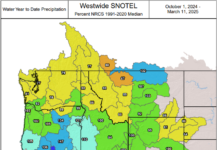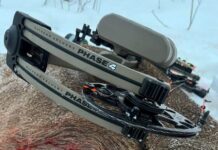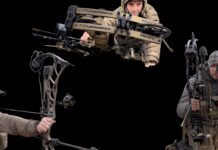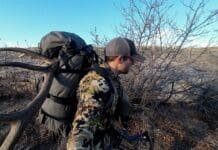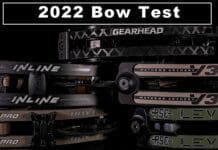
Ultralight Tripods
It seems I have been testing a lot of tripods over the last few years. That’s for good reason. A tripod is an integral component for hunting out West. The wide-open spaces contribute to glassing as a highly effective hunting strategy. And those long, open distances generally require some high magnification optic that needs to be sufficiently stabilized. Add in the recent popularity of tripod support for long distance shooting, and tripods gain more usefulness in the backpack.
The issue with many tripods is how much packing space they take up. Some popular shooting tripods weigh over 5 pounds and are still longer than 2 feet when completely collapsed.

As a hunter who loves to hunt out of a backpack, I’m just not interested in adding that weight and bulk to my already chunky backcountry hunting kit. For this past season, I tried out three of the newer options on the market for backcountry hunters looking for stability that saves weight and space in their backpacks.
Mountain Minimal SCREE 37

The folks over at Mountain Minimal were looking to prioritize space savings with their SCREE 37 and TALUS 56 line of tripods. The SCREE 37 has three rectangular aluminum leg sections that are adjusted by low-profile flip lock levers. The result of this design is the narrow rectangular legs close tightly around the round center post. When fully closed, the SCREE 37 is by far the most compact tripod I’ve used. The flip locks do hold the leg sections firmly, although if I leaned my weight on a leg, they would slide some. The flip locks are not adjustable.

The top of the legs has a spring-loaded lever that allows the legs to be angled out at two different angles. The SCREE 37 gets traction through integrated rubber wedge-type feet.

Mountain Minimal Center Hub
The center post is a two-piece design. With the 8.75” extended section removed, the center post has little useful adjustment and functions effectively as a tripod without a center column. An aluminum weight hanging hook can be screwed into either center post configuration. The center post is secured by a knurled aluminum knob which compresses a nylon sleeve around the center post. This was an easy-to-use system that allowed for quick and secure adjustments, but the nylon sleeve allowed for a little wobble with heavier optics mounted.

The SCREE 37 pairs well with a compact ball head like the Leofoto LH-25 or an ultra-compact pan head like the Wiser Precision Nighthawk PH-170. The head is connected by a standard 3/8” threaded post on the base plate. The base plate has three screws that secure the head to the base plate with an included hex wrench. I like tripod base plates of this design because I hate it when tripod heads loosen from the base in the field.

SLIK Pro CF-632 (From S and S Archery):

SLIK has been a giant in the tripod industry for decades. My first good backcountry tripod was an aluminum SLIK 340 EZ, which I still use occasionally. However, this new CF 632 is a different animal, as it weighs just 22.4 ounces with the full center column.
The first thing you notice with the CF 632 is that the legs have just two sections, adjusted by a single oversized knurled twist lock. I loved this feature as the tripod was fast and intuitive to deploy and adjust. I also appreciated the little stickers denoting which direction to turn in order to tighten or loosen the twist lock. The two sections only allow for a collapsed length of 19 inches, so it is not nearly as short as the Mountain Minimal’s 15-inch minimum length.
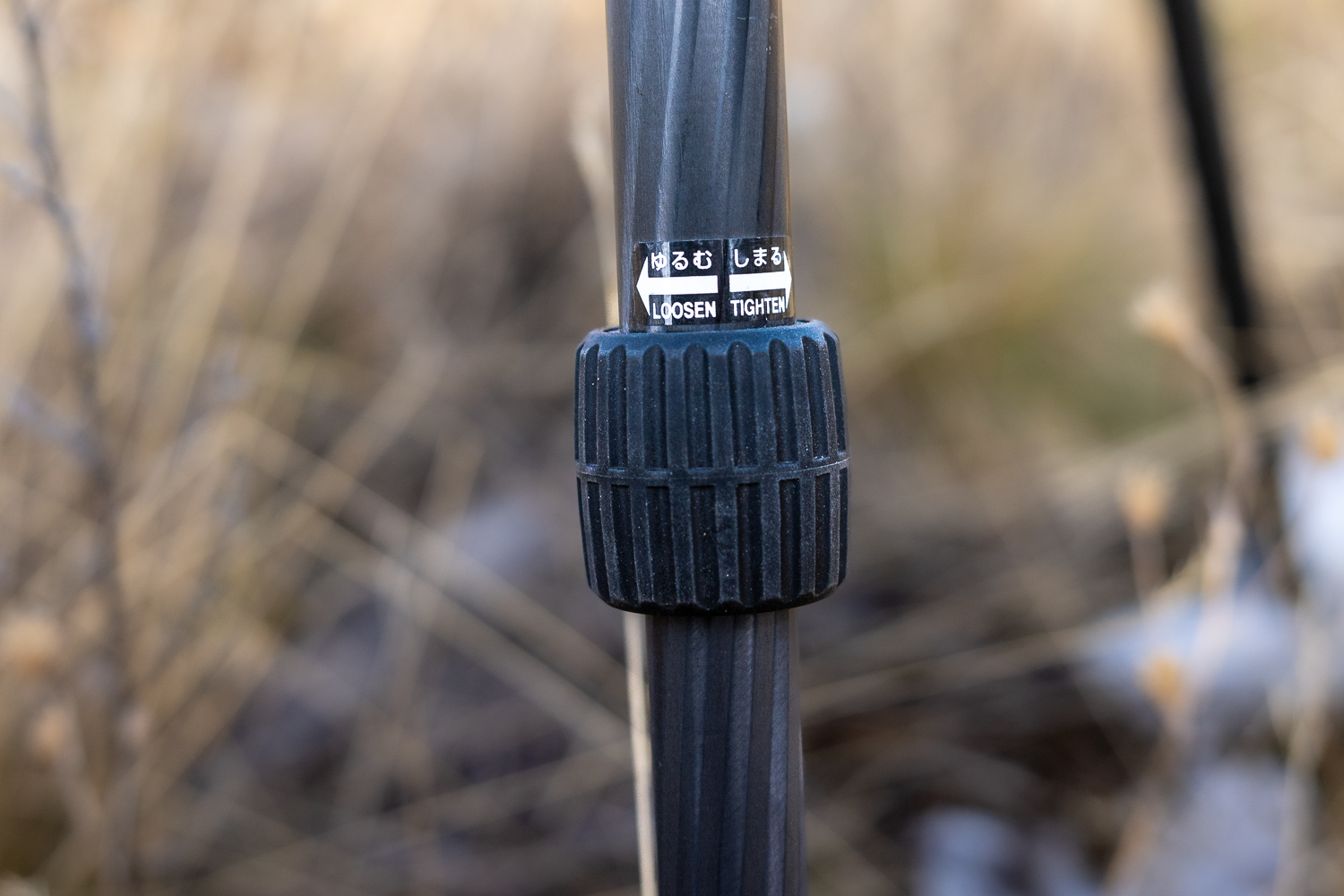
Each leg has three angles of adjustment. These joints are cast metal. In prior SLIK compact carbon fiber tripods I owned, this area of cast metal occasionally broke in the extreme cold. However, I did not have that issue with the CF 632, even using it in single digits for prolonged periods. The center column is a two-piece design, allowing for a center column length of either 2.75” or 10.25”. The shorter center post variation allows for a minimum height of just 4.25” (not including the head). The center post has a collar that applies tension to the center column as well as a knob to lock it down. Each leg ends in a round rubber foot.
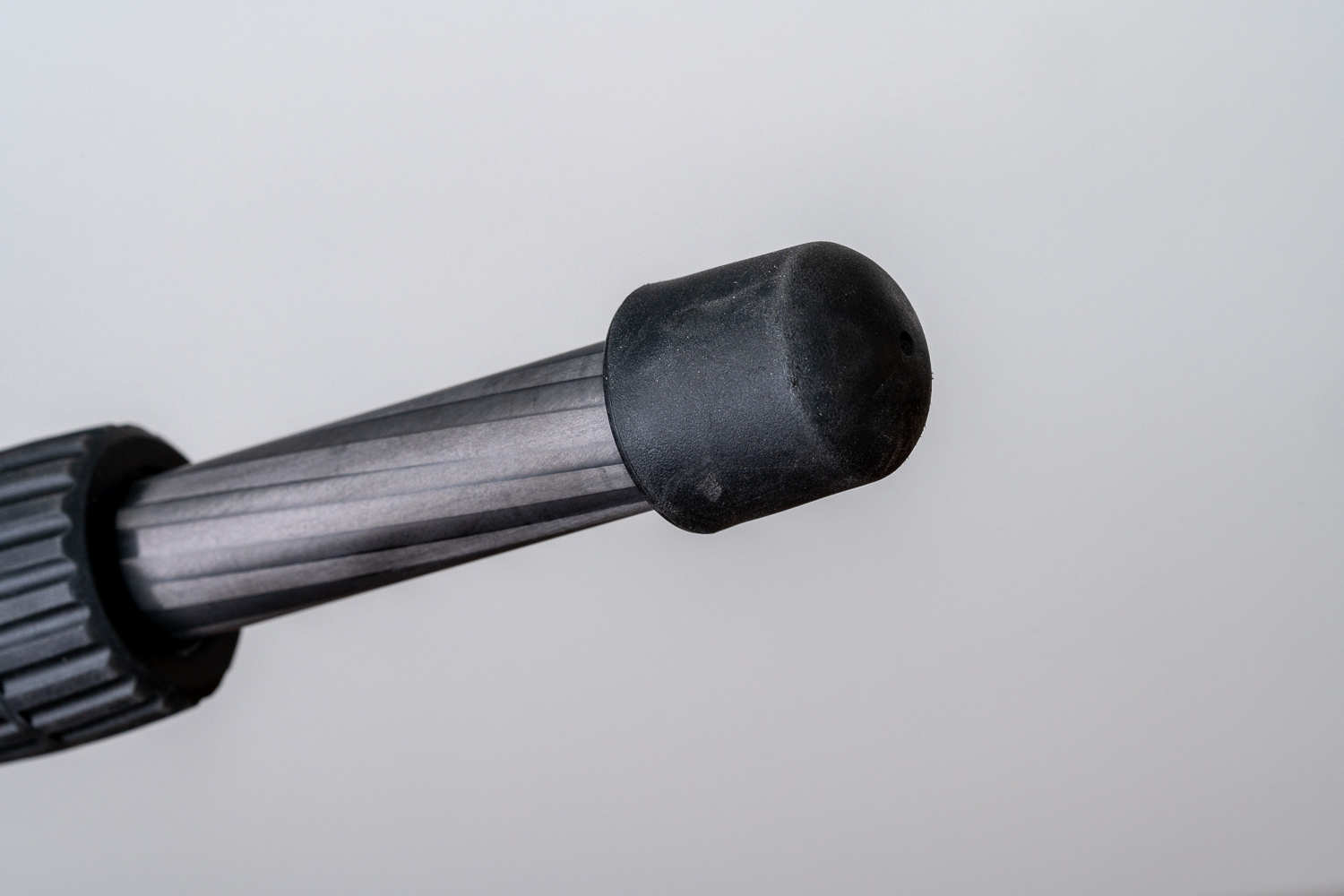
I generally paired the SLIK CF 632 with the aforementioned Leofoto LH-25 ball head. It was a good match for the tripod’s size and weight. However, the CF 632 has impressive stability, and I also found it to be a good match for bigger heads like the Tricer BP. Stability was excellent, as having just two leg sections minimizes flex.
MTN HNTR MTN SS Tripod

MTN HNTR is another newer hunting company that produces purpose-built stabilization gear specifically for hunters.
The MTN SS Tripod is their entry into the ultralight backpacking category. The MTN SS shares a lot of features with the SLIK CF 632. It has two leg sections adjusted with a single twist lock. The twist locks are directionally marked and twist in the same direction as the CF 632. The twist locks are a little smaller and less textured than the Slik’s. Simple round rubber feet supply traction in the field.

The legs have three angle positions at the top of the legs, adjusted by aluminum spring-loaded levers. When collapsed, the MTN SS is the longest tripod in the test at 20.5” (not including the head). I suppose the hunter could remove the head and invert the legs to get to a length under 19” for legs only, but that isn’t really field practical.

MNT HNTR Hub Design
Like the other tripods in the test, the MTN SS’s center column is a two-piece design, allowing for center column lengths of 3 and 16 inches. In the short column configuration, this allows for a prone-shooting-friendly minimum height of 3.75” (not including head). In the longer column configuration, the maximum height is substantially higher than the other tripods in this test at 46.75” (not including head). Like the SLIK, The MTN SS has a collar tension adjustment and a knob to lock the center post position.

I usually paired the MTN SS with MTN HNTR’s own Nano Pro Fluid Head (More on that later). The head attaches to the standard 3/8” post on the base plate. A neat feature with the MTN SS is there is a hex screw accessible from the side of the base plate that pushes a metal cleat up into the attached head and keeps it from unscrewing. It’s a pretty slick feature.

Glassing in the Field

The Mountain Minimal Scree 37 supplied very good stability for small optics like binoculars, compact spotters, and small to medium camera setups. I found the stability with medium optics like 65mm spotters to be pretty good as well, and the big Kowa 88mm spotting scope was acceptably stable. When fully extended, the Scree 37 had a little more flex in the legs than the other two tripods in the test.
The SLIK CF 632 really punched above its weight in stability, providing excellent stability for glassing with small and medium optics and very good stability even with large optics like the Kowa. However, it performed best for the heaviest loads, with the center column at or near its lowest position.
The MTN HNTR MTN SS had very similar stability performance to the SLIK, which I found unsurprising, given their similar feature sets. The big advantage of the MTN HNTR is the additional maximum height available. I found that height was occasionally useful for standing with an angled body, with only a moderate amount of stooping. However, The MTN SS is definitely less stable with the center column fully extended.
Shooting in the Field

Shooting off the Mountain Minimal SCREE 37 was doable, but a full 10-pound rifle setup was pushing the stability limits. It was better used as a front rest with a separate rear rest, but the SCREE’s minimum height of 9.75 inches (not including head) provided some challenges getting low enough when shooting prone.
The SLIK CF 632 was my favorite tripod in the test to shoot off with its rigid legs. Sure, a full-size shooting tripod would be more stable with a rifle mounted, but I was quite impressed with just how well the CF 632 did with a full-size rifle. My hunting buddy, Kenny, even made a 480-yard shot on his cow elk off the CF 632 with the Leofoto LH 25 head.

The MTN HNTR was right on the heels of the SLIK PRO CF 632 when it came to shooting stability. I liked the legs and how low it got to the ground when needed. The CF 632 was still my favorite for shooting with the oversized twist locks making for a little faster leg deployments and adjustments.
In the Pack
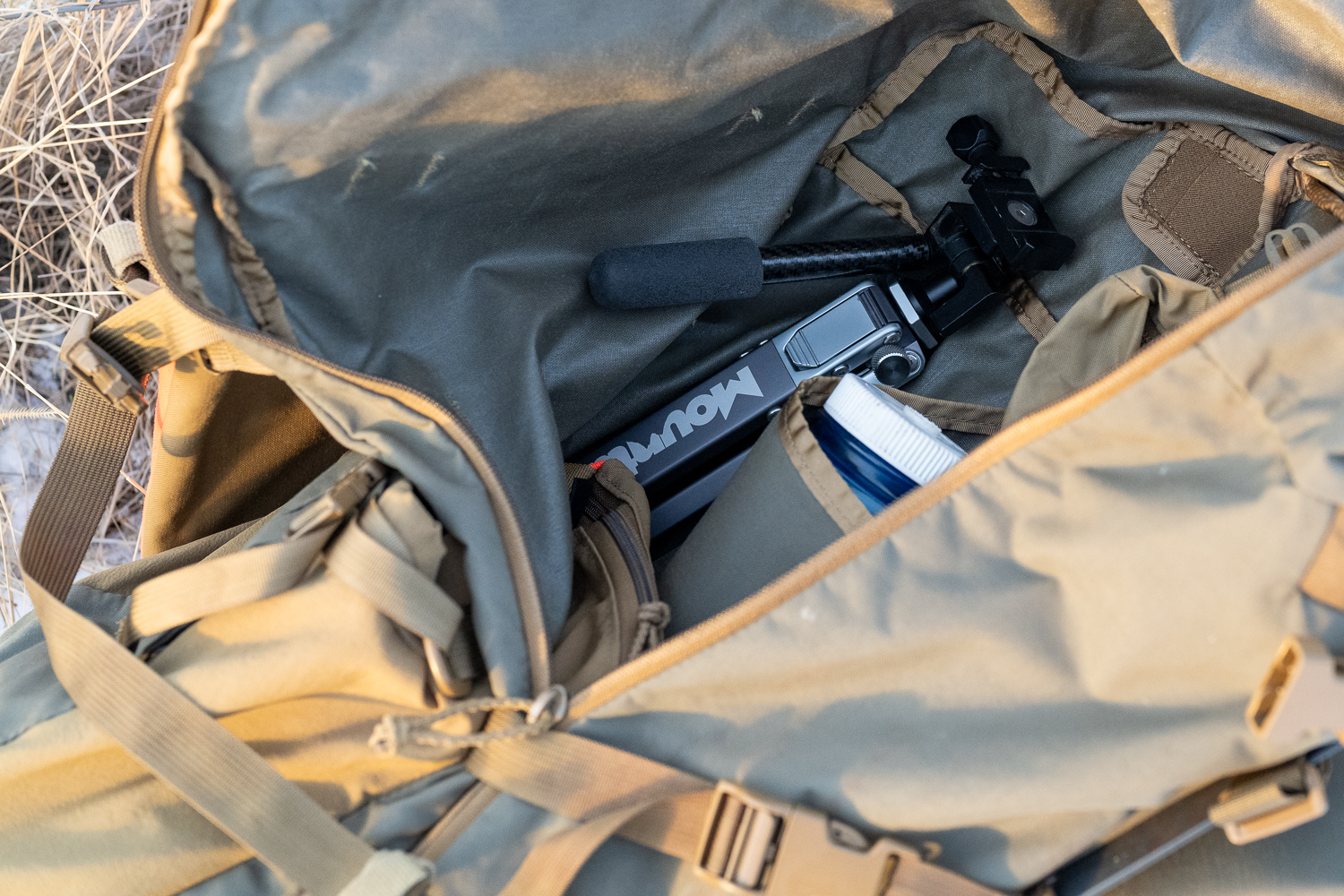
The Mountain Minimal SCREE 37 disappears in the pack. I mean, I actually thought I forgot it after hiking into a glassing spot in the dark. It turned out it was just hiding in the corner of my pack behind my rain jacket. While the rectangular three-section legs give up some stability to the carbon fiber tripods, they really nest together nicely and make for real space savings when fully collapsed. The difference is actually bigger than the specs would make it seem.
The SLIK CF 632 folds down pretty well to a size that fits nicely in a side pocket of many packs, although some of the three-section and four-section legged tripods will collapse to shorter lengths. One advantage of the extra length is that the CF 632 is easy to strap to the outside of the pack.
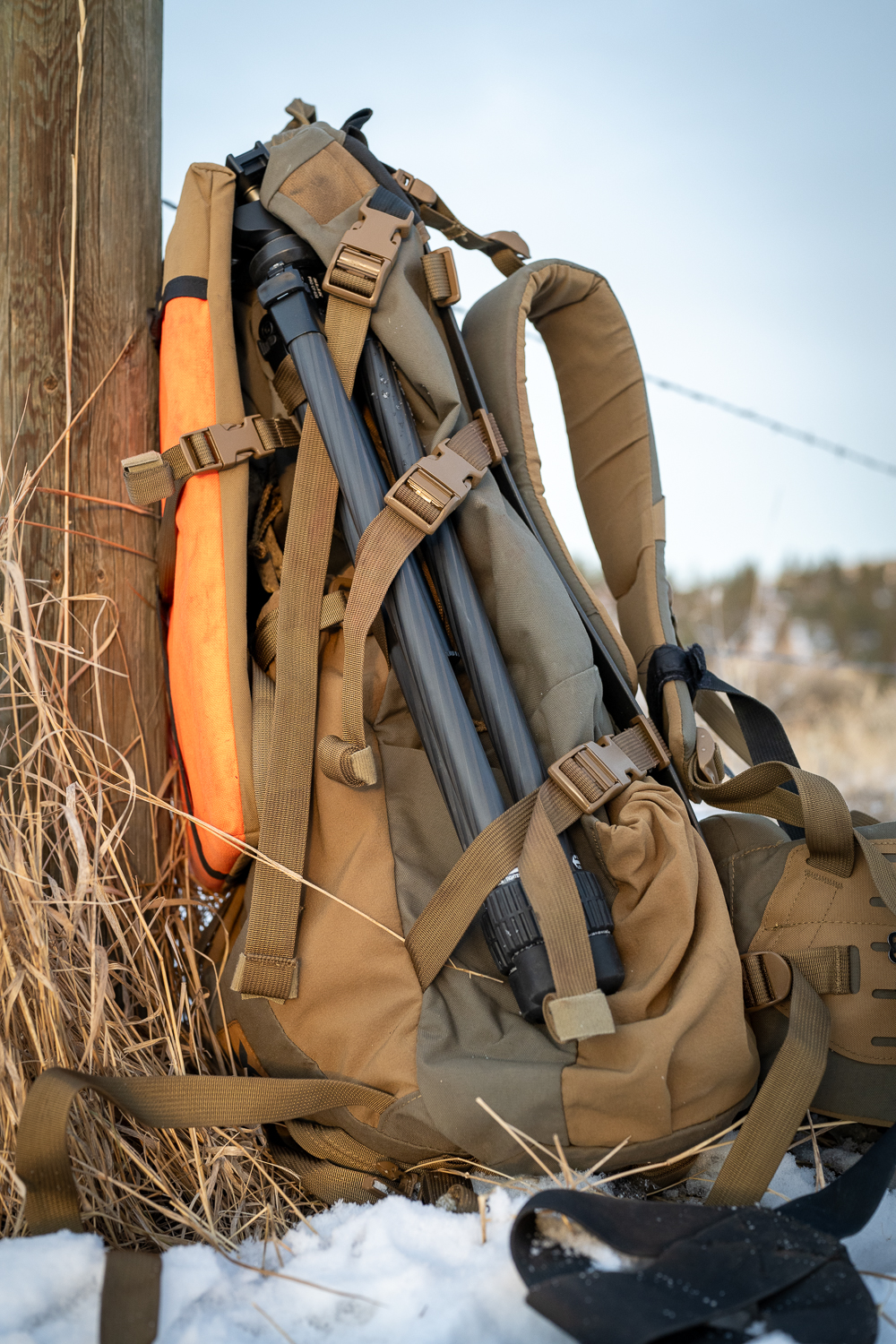
With similar dimensions, the MTN HNTR MTN SS was pretty much just like the CF 632, and I preferred it strapped to the outside of the pack as well.
MTN HNTR Nano Pro Fluid Tripod Head

Along with the MTN SS tripod, I tested MTN HNTR’s companion micro fluid head, the Nano Pro. This is an Arca-Swiss compatible, fluid-damped pan head with a short handle. Panning and tilting tension is adjusted by corresponding levers. The mount includes a handy integrated bubble level.
Mounting the plate to the head is a bit unique for hunting pan heads, as the hunter presses a spring-loaded button to open the mount jaws and then secures the mount with a knurled knob separately. I get the idea is to provide a safety catch of sorts to prevent drops, but I would prefer just a single knob that closes, opens, and secures the mount.

Panning performance is excellent, with great fluid dampening and a real video-head-style feel when panning and tilting. The head, even at its lightweight, capably supported my 88mm spotting scope and even my 10-pound rifle.
The Nano Pro weighed 9.5 ounces on my scale, compared to 6 ounces for the Wiser Precision Nighthawk and 10.6 ounces for the Outdoorsman’s Pan Head. The best part about the Nano Pro is the price. At $94.95, it is easily the best value for lightweight pan heads in the hunting market.
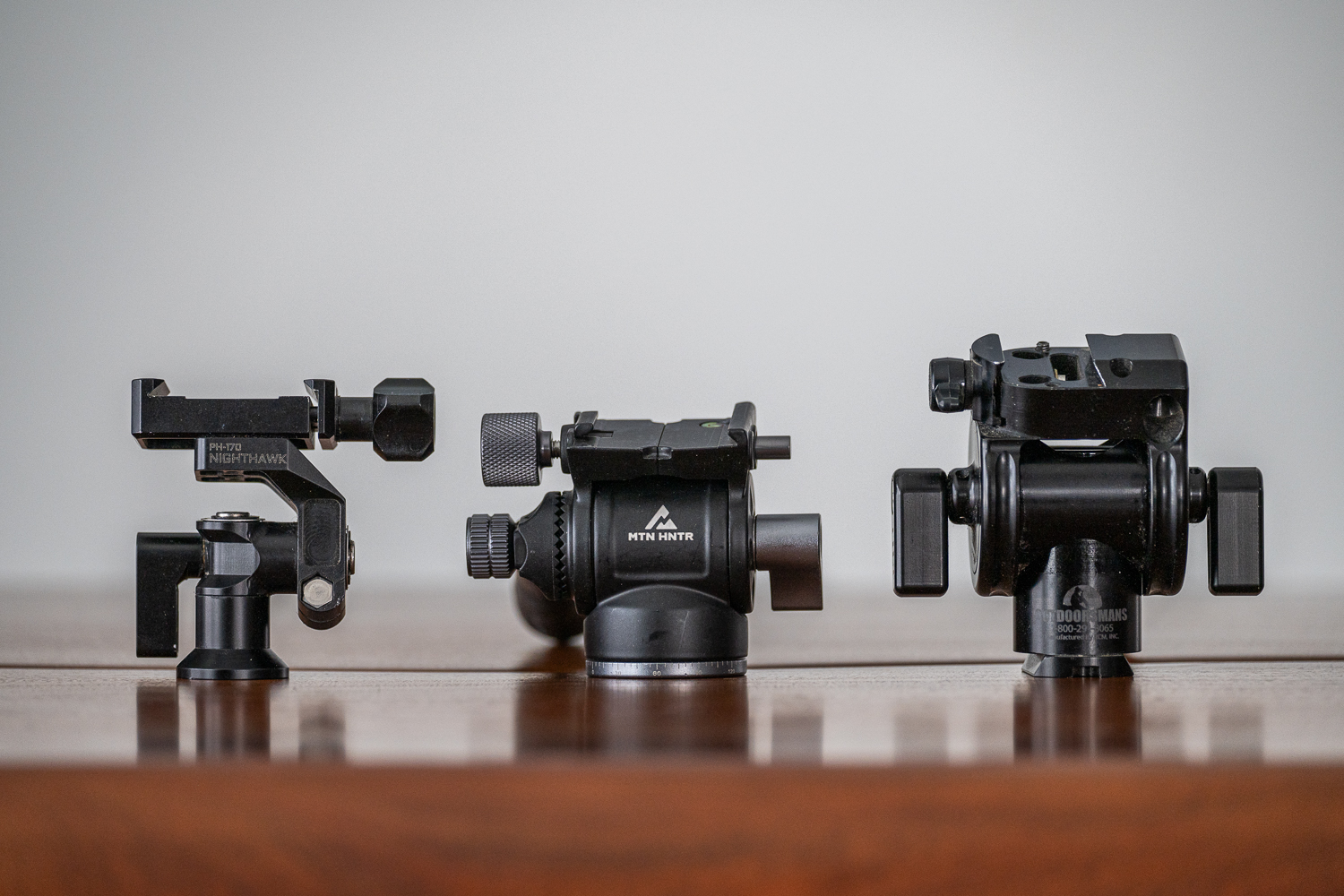
Comparison Table
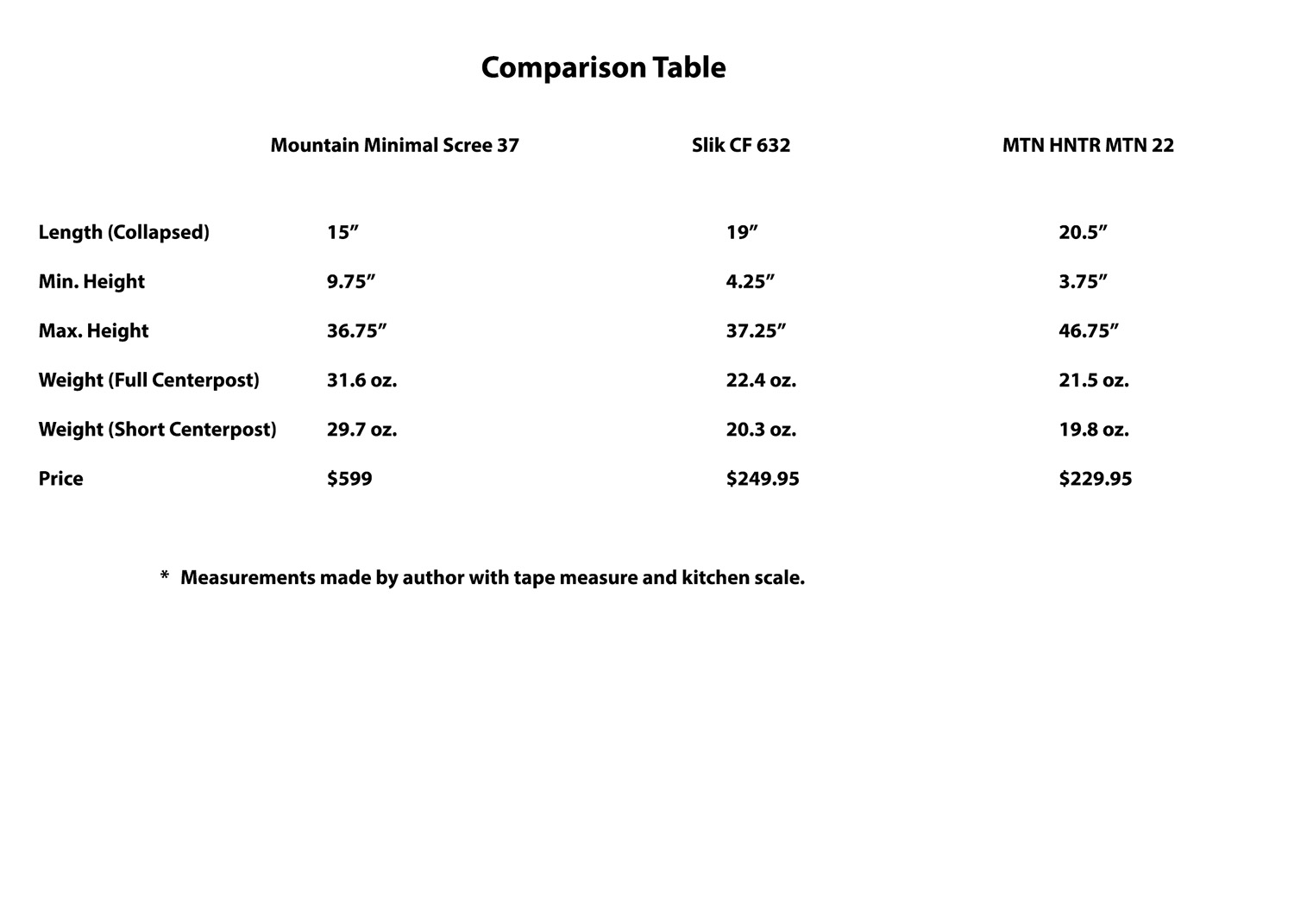
Conclusion

Gear designed for backpack hunters keeps on getting more compact and lighter. Mountain Minimal has jumped into the market with an impressively compact backcountry option. Hunters looking to save the most volume in their pack will find it a good choice but at the expense of weight, stability, and cost. The SLIK CF 632 is a sturdy and simple support that scores high in stability, value, and ease of use. The MTN HNTR MTN SS is the most versatile option getting lowest and highest in height, while also coming in at the lightest weight.
Comment or ask Matt questions here.





